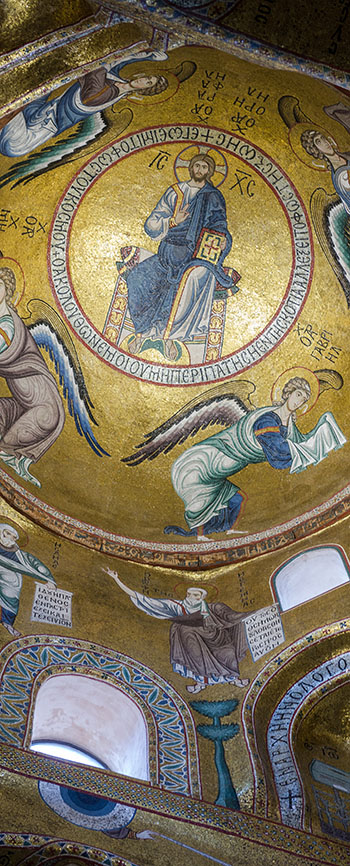
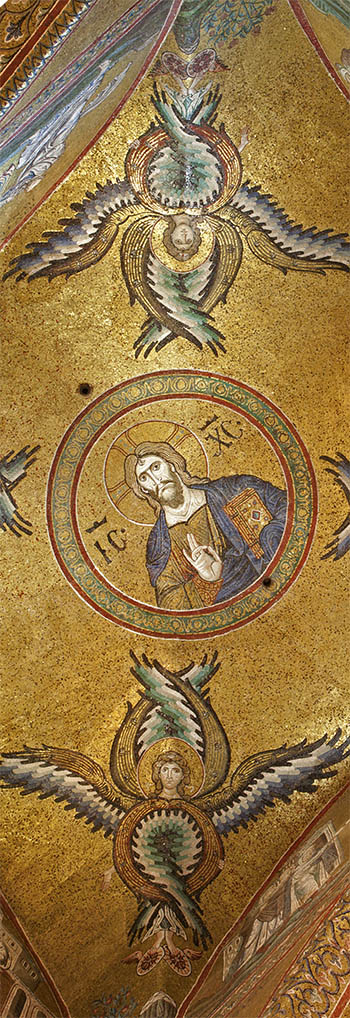
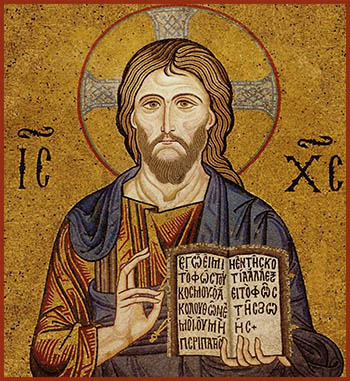

Icon Galleries: Christ
 When Justinian built the Church of Hagia Sophia there may have been no figural mosaics of Christ in its original decoration. One reason was the huge scale of the building - which would have made it difficult to see figures in the vaults unless they were gigantic. Justinian's may have left the vaults blank awaiting decoration to be added in the future. There may not have been enough time. The building of Hagia Sophia was a very fast, almost rush job. There are incomplete or roughly carved parts throughout the building. The bases are the columns are easy to see up close and some of them are almost crude in their execution. Why? Perhaps they intended to go back and finish things off later, or the unfinished nature didn't bother them at the time. In the time of Justinian and his successors the images of Christ in the church would have been woven into hanging textiles, painted on wood panel paintings that hung on the walls and columns and chased in silver fittings around the altar. These would have been at eye level and easy to see. After Iconoclasm many images of Christ, his Mother, angels and saints were placed throughout the building. It was a huge project that took many years and was never really finished. The vast scale of the cathedral meant there were was always a space that had not been decorated yet. Repairs to the vaults called for new mosaics to be created.
When Justinian built the Church of Hagia Sophia there may have been no figural mosaics of Christ in its original decoration. One reason was the huge scale of the building - which would have made it difficult to see figures in the vaults unless they were gigantic. Justinian's may have left the vaults blank awaiting decoration to be added in the future. There may not have been enough time. The building of Hagia Sophia was a very fast, almost rush job. There are incomplete or roughly carved parts throughout the building. The bases are the columns are easy to see up close and some of them are almost crude in their execution. Why? Perhaps they intended to go back and finish things off later, or the unfinished nature didn't bother them at the time. In the time of Justinian and his successors the images of Christ in the church would have been woven into hanging textiles, painted on wood panel paintings that hung on the walls and columns and chased in silver fittings around the altar. These would have been at eye level and easy to see. After Iconoclasm many images of Christ, his Mother, angels and saints were placed throughout the building. It was a huge project that took many years and was never really finished. The vast scale of the cathedral meant there were was always a space that had not been decorated yet. Repairs to the vaults called for new mosaics to be created.
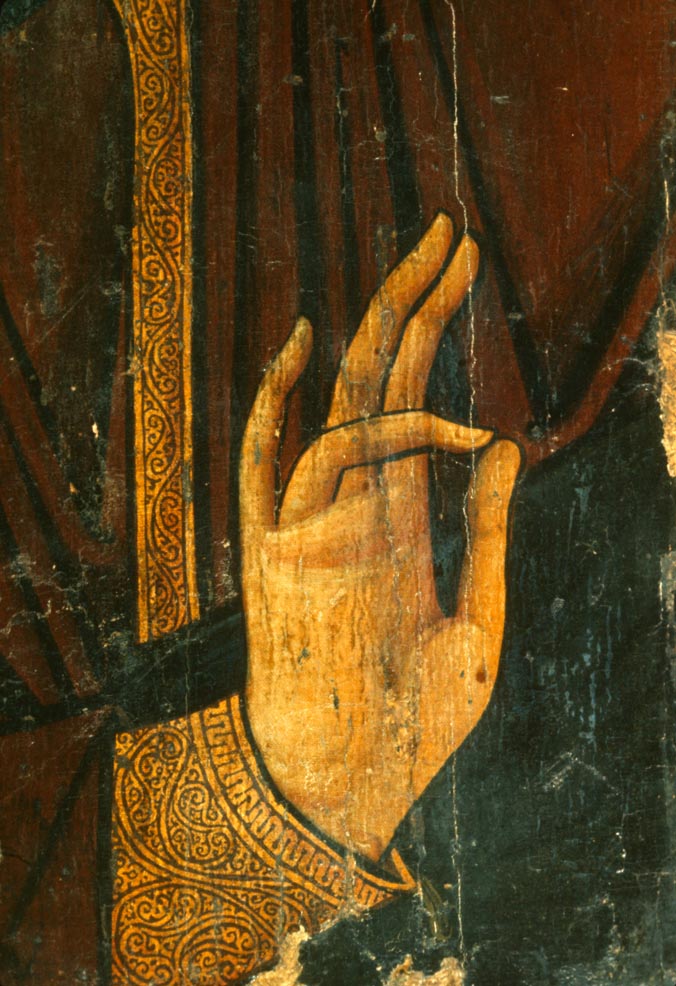 You can still see the places on the walls of Hagia Sophia where icons were placed. There are holes in the revetment where they were attached and hooks that icons were hung from remain throughout the Church. One can still see where there was famous icon of Christ over the central Imperial door in the nave. The Turks destroyed it and filled the space with pieces of revetment. This happened throughout the church. Crosses and images that could be easily got at were hacked out. The great images in the vaults were all left exposed until at least the middle of the 18th century. The only possible exception was the center of the dome. The great image of Christ that must have been there does not appear in drawings and engravings of the 17th and 18th centuries. All we see is a small cross in the middle of a great blank space. We don't know what that means. We don't know if the icon of Christ Pantokrator - or fragments of it - remain underneath the 19th century Islamic inscription. IMHO - I think it's gone. All of the portable images are gone. Most of the mosaic icons on the walls and vaults are also lost. We are very fortunate to have what remains, especially the Deesis mosaic of Christ, which is the reason for this site.
You can still see the places on the walls of Hagia Sophia where icons were placed. There are holes in the revetment where they were attached and hooks that icons were hung from remain throughout the Church. One can still see where there was famous icon of Christ over the central Imperial door in the nave. The Turks destroyed it and filled the space with pieces of revetment. This happened throughout the church. Crosses and images that could be easily got at were hacked out. The great images in the vaults were all left exposed until at least the middle of the 18th century. The only possible exception was the center of the dome. The great image of Christ that must have been there does not appear in drawings and engravings of the 17th and 18th centuries. All we see is a small cross in the middle of a great blank space. We don't know what that means. We don't know if the icon of Christ Pantokrator - or fragments of it - remain underneath the 19th century Islamic inscription. IMHO - I think it's gone. All of the portable images are gone. Most of the mosaic icons on the walls and vaults are also lost. We are very fortunate to have what remains, especially the Deesis mosaic of Christ, which is the reason for this site.
here are some icons of christ - click on an icon for a larger image

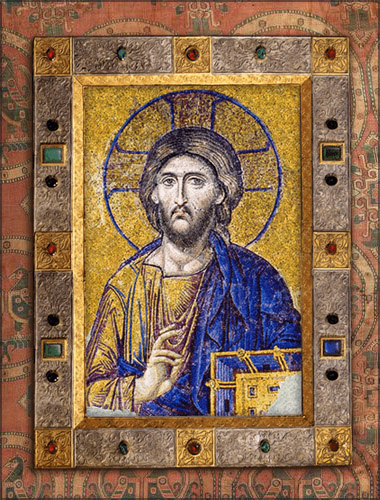

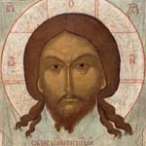
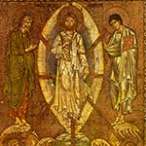
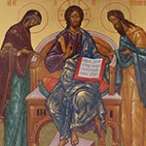
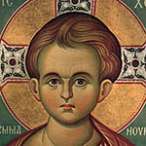
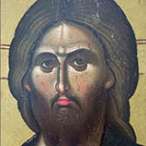
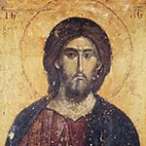
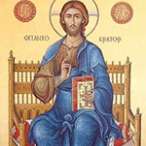
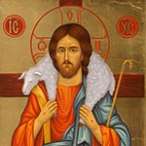
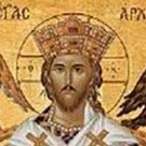
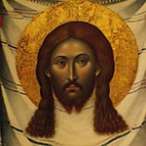
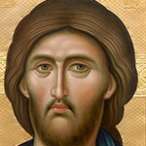
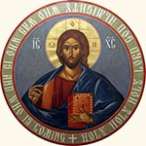
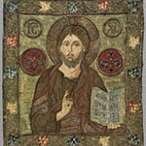
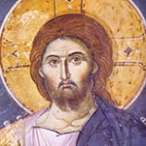
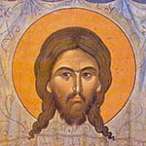
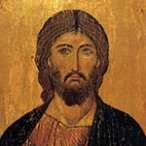
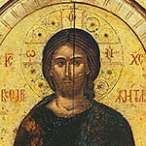
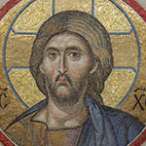
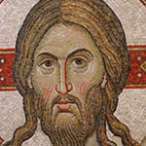
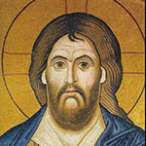
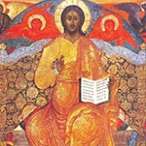
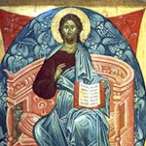
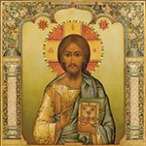
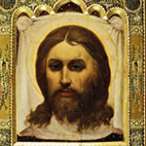
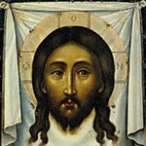
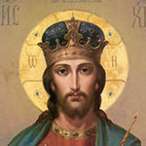
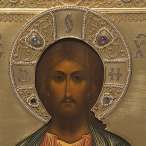
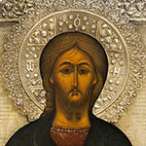
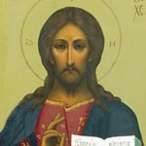
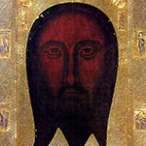
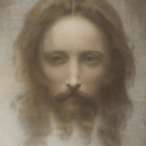
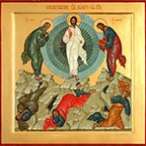
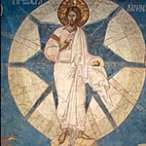
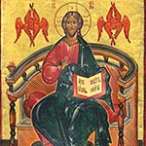
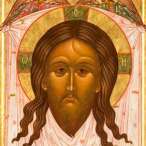
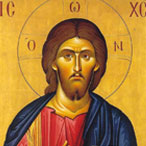
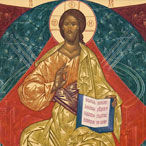
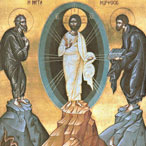
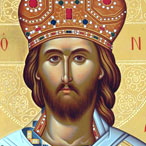
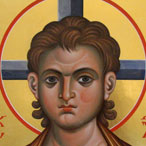
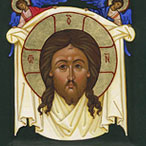
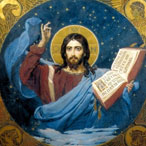
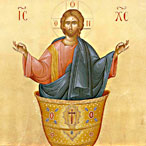
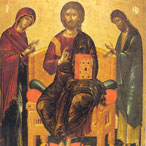
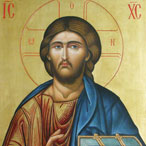
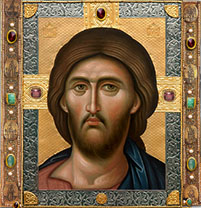 Christ
Christ 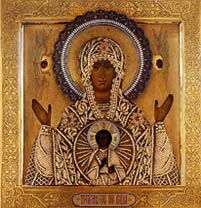 Theotokos
Theotokos 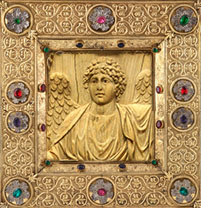 Angels
Angels 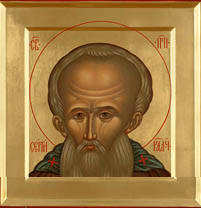 Saints
Saints 









